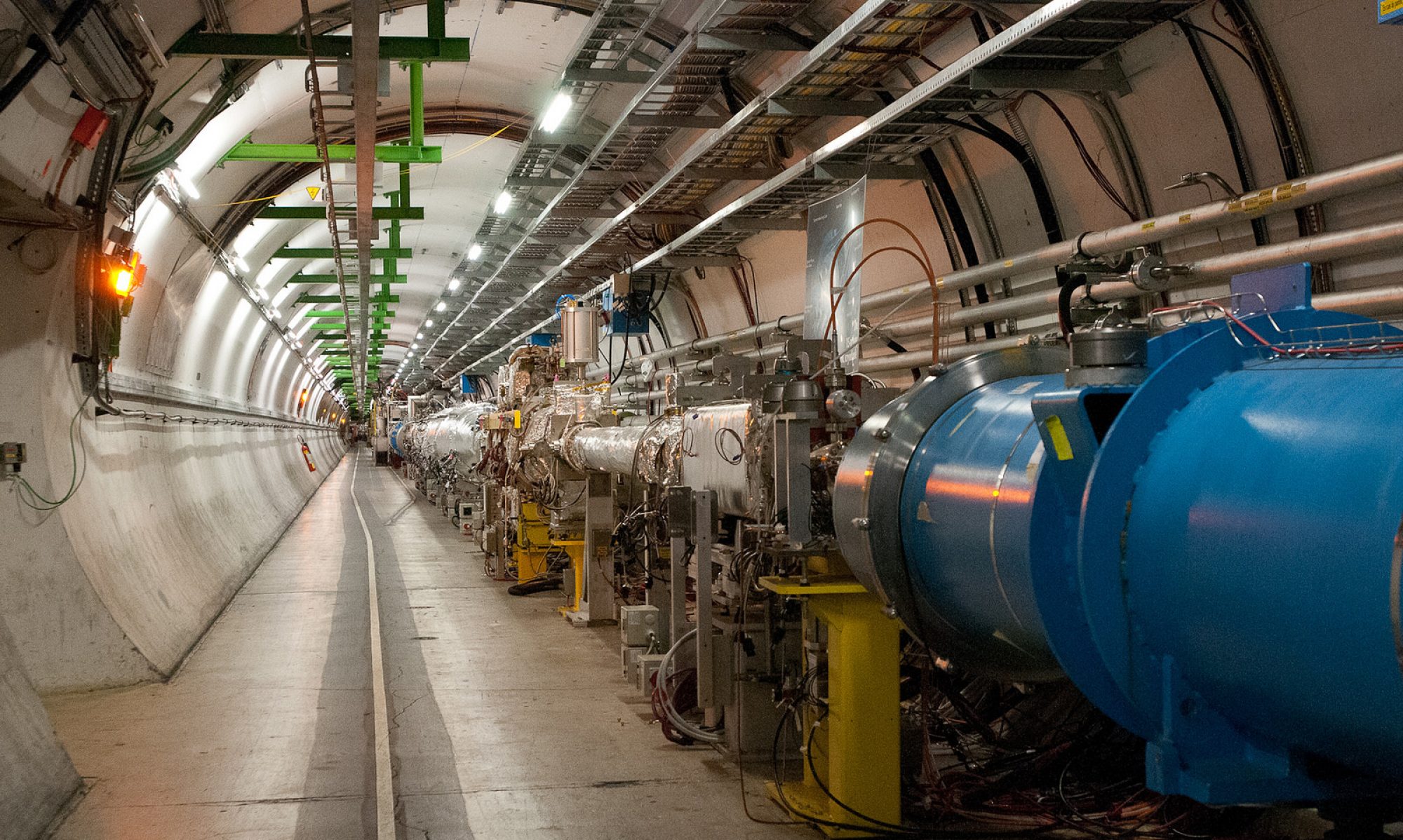This past week, at the CKM 2008 conference in Rome, Italy, BaBar unveiled its latest results on the search for the important and rare decay, B -> tau nu. This decay is expected to occur in one out of every 10,000 B+ meson decays, where the “B+” is the electrically charged bound-state of a bottom (b) quark and an up (u) quark. Although the PEP-II/BaBar B-factory has collected about 210 million B+B- events, yielding some 21,000 expected B -> tau nu events, the presence of the tau neutrino, and the decay of the tau lepton into one or more neutrinos, reduces the chance that you can distinguish those 21,000 events from processes that fake the signature of these decays.
The latest work, pursued by an Ohio State University student as part of his broader thesis project and reviewed heavily by the 500-member BaBar collaboration, was presented at CKM (see the slides here). Much effort was put by the collaboration into understanding whether the excesses of data over the prediction from background processes was really attributable just to the sought after signal, or whether some undealt-with background was rearing its ugly head.
After much sweat and many questions, the collaboration approved the results for presentation at CKM. While the results are only preliminary, and more work remains to finalize the uncertainties in the analysis before publication, having this ready for presentation to the community was a rewarding, if frustrating, experience for all involved. That said, I find results that survive the meatgrinder of the scientific method are either excellent to begin with, or improved by the process.
And what are the results? Taken one channel at a time, the four individual ways of reconstructing the tau are not themselves compelling. They represent only slight excesses over the predicted background. But taken altogether, the picture is more compelling, and the excess becomes more significant. It’s still, frustratingly, not enough to cross over our community’s threshold for claiming “evidence” – that is, compatible with only background at the level of 0.27%. But, the significance of our result is approaching that threshold.
And what is the number? BaBar finds that the rate at which B+ decays into the tau nu final state is (1.8 +/- 0.8 +/- 0.1) x 10^{-4} – that is, we find this decay happens about once in every 5600 B+ decays. This is almost twice as often as we expect, albeit with a large uncertainty. Whether this means that the universe is diverging from our expectation, a first glimmer of physics beyond what we already know . . . only time, and more data, will tell.
